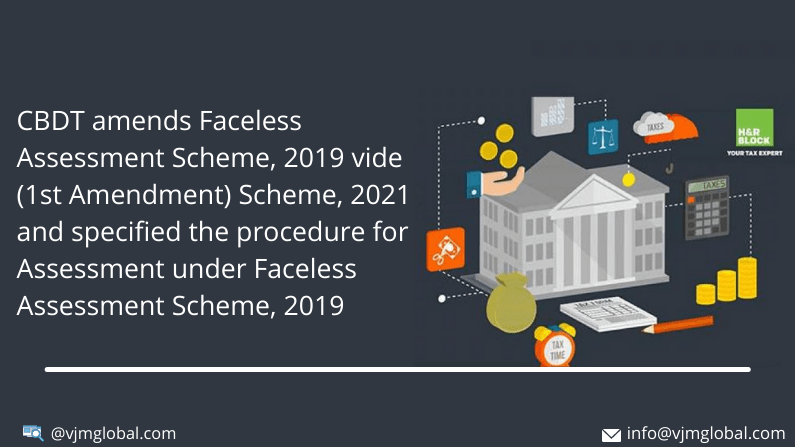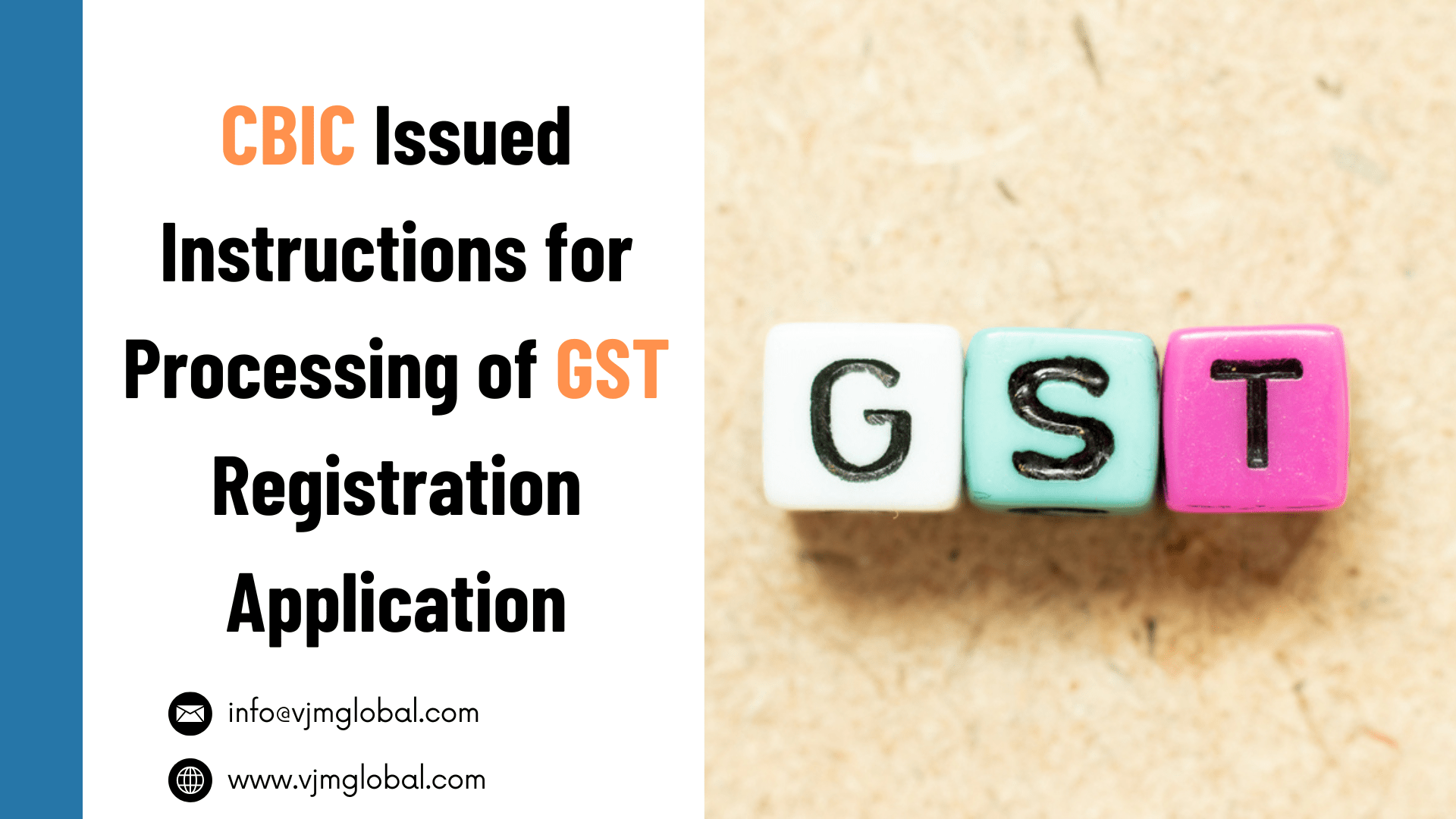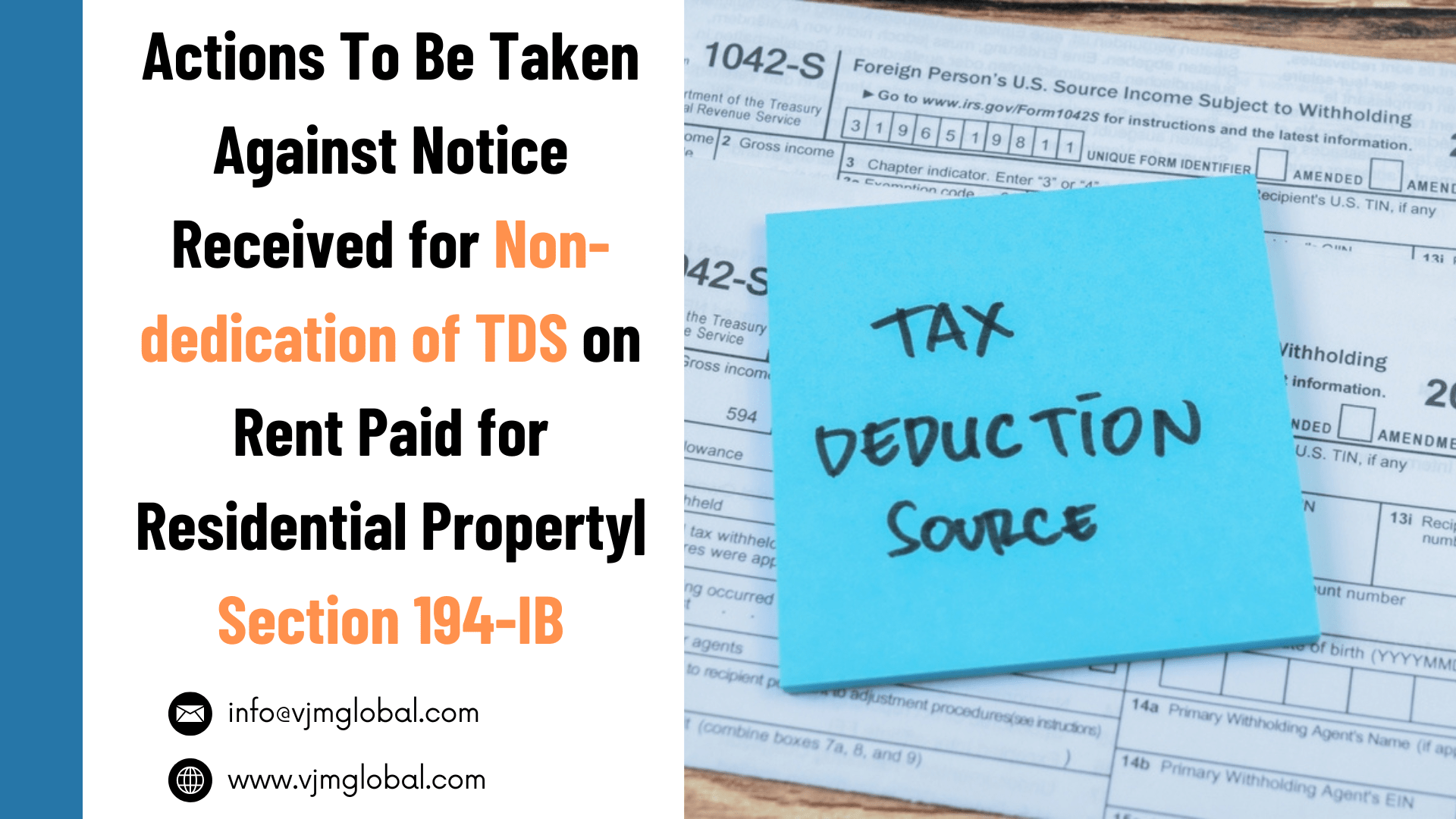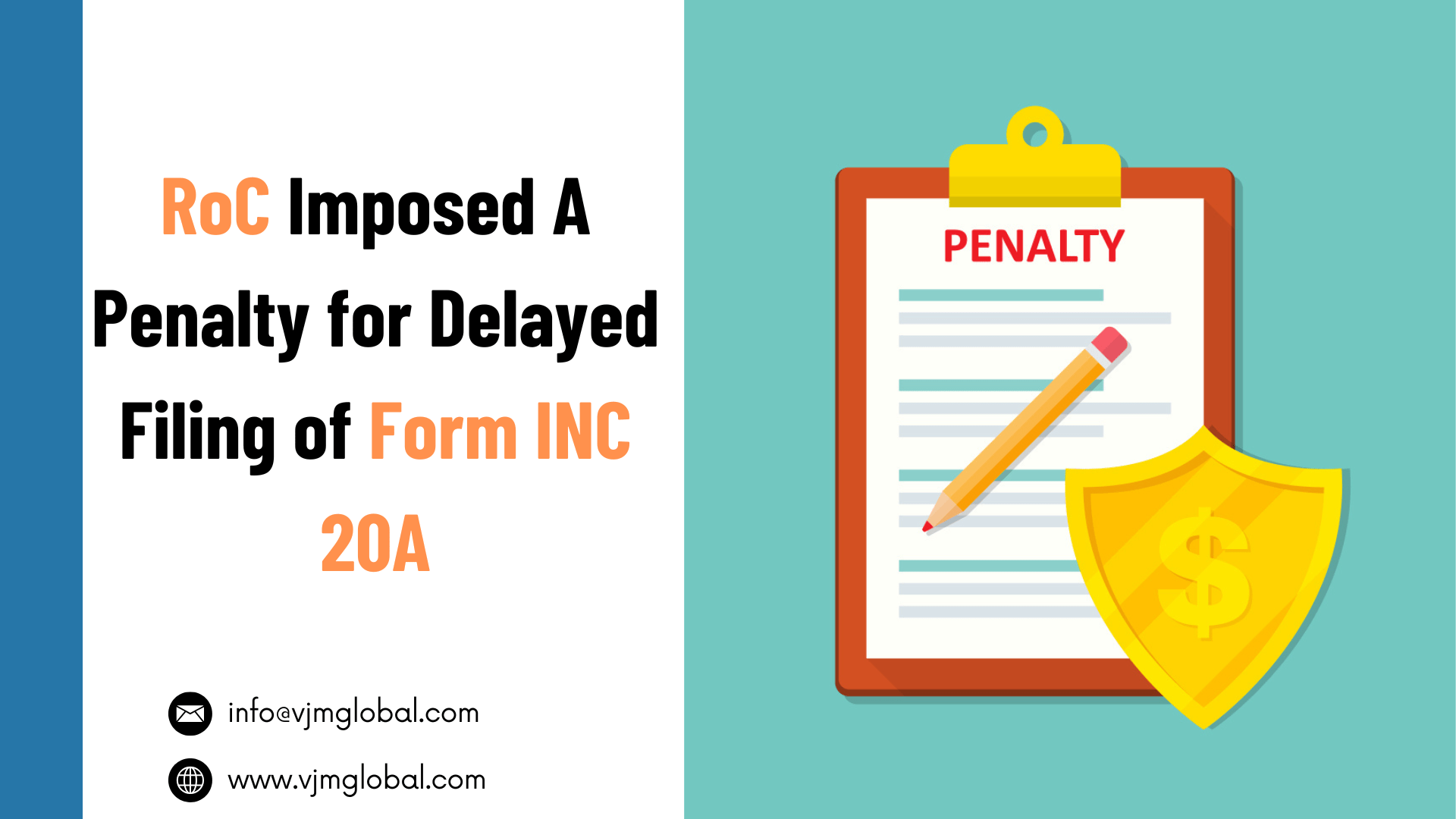1.Notification No. 6/2021-Income Tax Dated: 17th February 2021
In the Union Budget 2019, Finance Minister Nirmala Sitharaman proposed the introduction of a scheme called faceless e-assessment. The central government introduced this faceless assessment scheme for efficiency, transparency, accountability, and eliminating the human interaction in Income Tax Assessments. As a result of this, honest taxpayers will be the ones who will be getting a major advantage.
2.Amendment in faceless assessment scheme
On 17th February 2021 Central Board of Direct Tax (CBDT amendments) through notification number 6/2021, amended the Faceless Assessment Scheme, 2019 for the first time. Since the administrative departments in the country are on a pathway of digitalization. Old administration practices are continuously being upgraded to improve efficiency and resource utilization. The notification included various amendments like the substitution of the word ‘e-mail account’ with the word ‘registered email account’, word ‘video conferencing or video telephony’ to replace the word ‘video telephony’, change in procedures under the sub-section 1 of section 5 of the Act (i.e procedure), etc.
3.Purpose of the amendment in faceless assessment scheme 2019
- To bring the provisions of faceless assessment scheme 2019 at par with the provisions of section 144B of the Income Tax Act (i.e Faceless Assessment).
- The tax system aims to be Seamless, Painless, and Faceless.
- Traditionally proceedings of assessment, right from selection and serving notice to completion of assessment were carried physically. But now it is digitized.
- From hardcopy submissions and physical representations, the department now eyes to make assessments completely faceless, nameless and jurisdiction less.
- Current assessments were made electronic to enjoy the perks of digitalization.
- Elimination of interaction between Assessing officer and Assessee to the extent technologically feasible – reduction of personal bias, harassment by tax officials, elimination of the possibility of unauthorized practices such as corruption. Thus ensuring greater transparency.
- 24×7 accessibility and a dedicated online cloud server make it hassle-free for the assessee to comply with compliances from any part of the country at any time.
- Since submission is electronic, proof of submission remains with the assessee and automatically allocates cases for assessment within the Income Tax Department.
- The time gap between the issue of notice or order and receipt by the assessee in the pre-electronic era can be mitigated.
4.The organisational structure of the Faceless Assessment Scheme
| Organizational structure | Headed by | Situated at |
| National e-Assessment Center (NeAC) | Chief Commissioner of Income Tax (CCIT) | Delhi |
| Regional e-Assessment Centers (ReAC) | Chief Commissioner of Income Tax (CCIT) | Delhi, Mumbai, Chennai, Kolkata, Pune, Ahmedabad, Bangalore, and Hyderabad. |
- Regional e-Assessment Centers (ReAC) are constituted to facilitate the means to have jurisdiction to conduct assessment proceedings in the controlling region of a Principal Chief Commissioner.
- The Regional e-Assessment unit shall have the following sub-units: Assessment unit, Verification unit, Technical unit, and Review unit.
5.Key highlights of the Amendment for faceless assessments 2019
The following procedure has been introduced in the Amendment:
i) National e-Assessment Centre
- The National e-Assessment Centre shall serve a notice on the assessee under sub-section (2) of section 143 of the Act (deals with second chance to assessee after Income Tax Department find major or minor discrepancies in the tax return)
- The assessee may, within fifteen days from the date of receipt of such notice, file his response to the National e-Assessment Centre.
- where the assessee –
- has furnished his return of income or in response to a notice issued under sub-section (1) of 142 of the Act (i.e notice by department when income tax return is not filed within the due date) or sub-section (1) of section 148 of the Act (i.e notice before assessment or reassessment to file income tax return), and a notice under sub-section (2) of section 143 of the Act has been issued by the Assessing Officer or the prescribed income-tax authority, as the case may be; or
- has not furnished his return of income in response to a notice issued under subsection (1) of section 142 of the Act by the Assessing Officer; or
- has not furnished his return of income under sub-section (1) of section 148 of the Act and a notice under sub-section (1) of section 142 of the Act has been issued by the Assessing Officer,
The National e-Assessment Centre shall intimate the assessee that assessment in his case shall be completed under this Scheme.
ii) Regional e-Assessment Center
The national e-Assessment Center will assign the case chosen for the e-assessment purposes under this scheme to a specific assessment unit in any one Regional e-Assessment Center via an automated allocation system.
If a case is assigned to the assessment unit, then it can make a request to the National e-Assessment Center for getting such further information, documents, or evidence from the assessee or any other person; conducting of a particular inquiry or verification done by the verification unit and seeking technical help from the technical unit.
In cases where a request for obtaining further information, document, or evidence from the assessee or any other person has been made by the assessment unit, the National e-Assessment Center shall issue appropriate notice or requisition to such assessee or person, specifying a time therein, for submitting such information, documents or evidence.
iii) Issuance of notice to assessee to get information, document, or evidence
If a request has been made from the assessment unit for obtaining such further information or documents, or evidence from the assessee or any other person, the national e-Assessment Centre will issue an appropriate notice or requisition to such an assessee or person mentioning a time therein for submission of such information or documents or evidence.
The assessee or any other person as per case to case, file his response to the notice within the prescribed period or such extended time as allowed on basis of an application in this regard to the National e-Assessment Centre.
iv) Automated Allocation System
Where a request for conducting of certain inquiry or verification by the verification unit or for seeking technical assistance has been made by the assessment unit, the request shall be assigned by the National e- Assessment Centre to a verification unit or a technical unit, as the case may be, in any one Regional e-Assessment Centre through an automated allocation system.
The assessee shall file his response within the stipulated time to the National e-Assessment Centre and in cases of failure, the National e-Assessment Centre shall intimate such failure to the assessment unit.
v) What happens on failure from the assessee to comply with the notice to produce documents, evidence, etc.
- In case assessee fails to comply with the notice or with a direction issued under sub-section (2A) of section 142 of the Act (section 142 subsection 2A deals with the Special Audit under the Act), then the national e-Assessment Centre shall serve a notice upon such assessee under section 144 of the Act (Best judgement Assessment) providing him a reasonable opportunity to show cause on date and time to be specified in the notice as to why the assessment in his case shouldn’t be completed to the best of its judgment.
- Where the assessee again fails to file a response to the notice within the prescribed period or within the extended time, the national e-assessment center shall intimate the failure to the assessment unit.
- The assessment shall, after taking into account all the available material on the record, make in writing a draft assessment order to the best of its judgment, either accepting income/sum payable by or sum refundable to, the assessee according to his return or making a variation to such income or sum and send the copy of the order to the national e-Assessment Centre.
- The assessment unit shall provide details of the penalty proceedings to be initiated while making a draft assessment order.
vi) Examination of the draft assessment order by the national e-Assessment Centre
The national e-Assessment Centre shall examine the draft assessment order as per the risk management strategy prescribed by the board, including through an automated examination tool.
The national e- assessment centre may decide to :-
- Finalize the assessment, if no variation prejudicial to the assessee’s interest is proposed, as per the draft assessment order, and serve a copy of the order and notice for penalty proceedings, if any, to the assessee with the demand notice, specifying the payable sum by, or refund of any amount due to, the assessee on basis of assessment; or
- allow the assessee, if any variation prejudicial to the interest of assessee is proposed by sending a notice calling upon him to show cause why the proposed variation should not be made; or
- assign the draft assessment order to a review unit in any of the Regional assessment centers via an automated allocation system for conducting a review of the order.
The review unit will review the draft assessment order referred to it by the National e-assessment center where it can decide to concur with the draft assessment order and intimate the national e-assessment center regarding the concurrence or suggest such variation in the draft assessment order and send suggestions to the national e-assessment center.
vii) Action by the Assessee
- On receipt of a show cause notice under vi (b) above, the assessee must respond to the National e-assessment center by the deadline specified in the notice or any extended deadline granted on application.
- Where no response is received to the show cause notice, and the draft assessment order or final draft assessment order relates to an eligible assessee and proposes a variation prejudicial to the assessee’s interest, the National e-assessment center will forward the order to the assessee. In all other cases where no response is received and in all other cases, the National e-assessment center will finalize the assessment in accordance with the order and serve the assessee with a copy of the order, any notice for initiating penalty proceedings, and a demand notice.
- After considering the assessee’s response, the Assessment Unit will issue a revised draft assessment order and send it to the National e-assessment center.
- On receipt of a revised draft assessment order the National e-assessment center will:
- Where the variations proposed in the revised draft assessment order are not prejudicial to the assessee’s interest in comparison to the draft assessment order or the final draft assessment order, and
- In the case of an eligible assessee ─ there is any variation prejudicial to the assessee’s interest proposed in the draft or final draft assessment order, forward the revised draft assessment order to the assessee; or
- In other cases ─ finalize the assessment in accordance with the revised draft assessment order and serve on the assessee a copy of the order, any notice for initiating penalty proceedings and the demand notice.
- Where the variations proposed in the revised draft assessment order are prejudicial to the assessee’s interest in comparison to the draft or final draft assessment order, provide an opportunity to the assessee by serving a notice calling upon him to show-cause as to why the proposed variation should not be made.
- Where the variations proposed in the revised draft assessment order are not prejudicial to the assessee’s interest in comparison to the draft assessment order or the final draft assessment order, and
- The procedure laid down in points 2, 3, and 4 applies mutatis mutandis to the notice referred to in 4.b. above.
- Where the draft, final draft, or revised draft assessment order is forwarded to the eligible assessee, the assessee must file an acceptance of the variations with the National e-assessment center within the period specified in section 144C (2) of the Act. i.e., within 30 days of the receipt of the order.
- The National e-assessment center will finalize the assessment (upon receipt of the acceptance of variation from the eligible assessee or if no objections are received from the eligible assessee by the required deadline) within the specified time limit and serve the assessee with a copy of the order, any notice for initiating penalty proceedings, and the demand notice.
viii) Assessee’s Objection before DisputE Resolution Panel (DRP)
Where an eligible assessee files an objection with the DRP, the National e-assessment center, upon receipt of the directions issued by the DRP, will forward the directions to the relevant Assessment Unit.
The Assessment Unit will prepare a draft assessment order in line with the DRP’s directions as set out in section 144C (13) of the Act (i.e reference to dispute resolution panel) within one month from the end of the month in which the direction is received and send it to the National e-assessment center.
ix) Duty of National e-Assessment Centre
The National e-Assessment Centre shall, upon receipt of the draft assessment order, finalize the assessment within the time allowed under sub-section (13) of section 144C of the Act and serve a copy of such order and notice for initiating penalty proceedings, if any, upon the assessee, along with the demand notice, specifying the sum payable by, or refund of any amount due to, the assessee based on such assessment.
The National e-Assessment Centre shall, after completion of the assessment, transfer all the electronic records of the case to the Assessing Officer having jurisdiction over the said case for such action as may be required under the Act.
6.Conclusion
Faceless Assessment (1st Amendment) Scheme, 2021 is expected to bring the provisions of faceless assessment scheme 2019 at par with the provisions of section 144B of the Income Tax Act. These were the detailed changes that were done under the Faceless Assessment Scheme, 2019 by the Central Board of Direct Tax (CBDT) through notification no. 6/2021 dated 17th February, 2021.












